Irrigation Opening
Opening Cost Calculator
Check-Up / Service Call
Full inspection, diagnostics, pressure testing, and system adjustments.
BOOK ONLINEUsually, the price for irrigation opening is $90 + tax. The price can vary if the system is commercial or big residential.
GET IT NOWBasically, the price for winterization is $100 + tax. The cost can vary if the system is commercial or big residential.
GET IT NOWPrices start at $550 per zone. We use Hunter and Rain Bird materials. 5-year warranty. Parts and labor are included.
GET IT NOWLED fixtures start from $250 due to long lifespan and reduced maintenance costs. Parts & labour are included.
GET IT NOWResidential sod averages $1.10–$3.50 per sq.ft. Commercial starts at $0.75. Labour is included.
GET IT NOWFrench drainage installation cost ranges $25–$40 per foot depending on complexity. Parts and labor are included.
GET IT NOWFull inspection, diagnostics, pressure testing, and system adjustments.
BOOK ONLINE

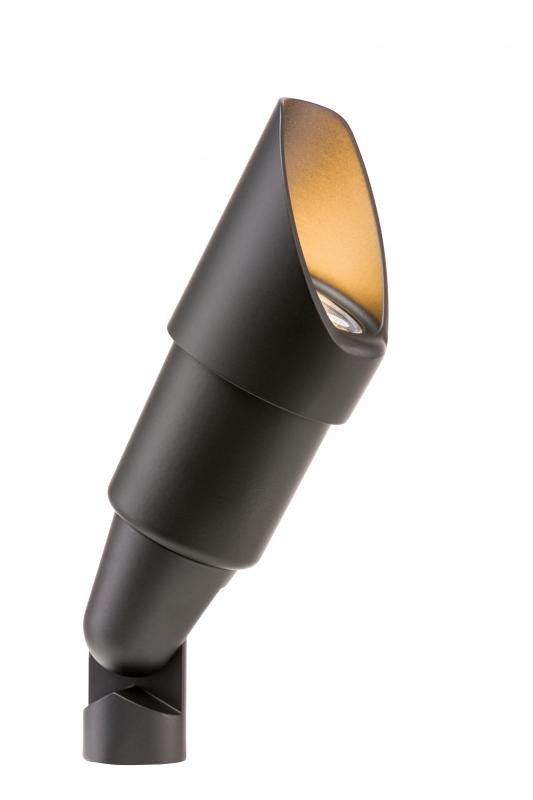



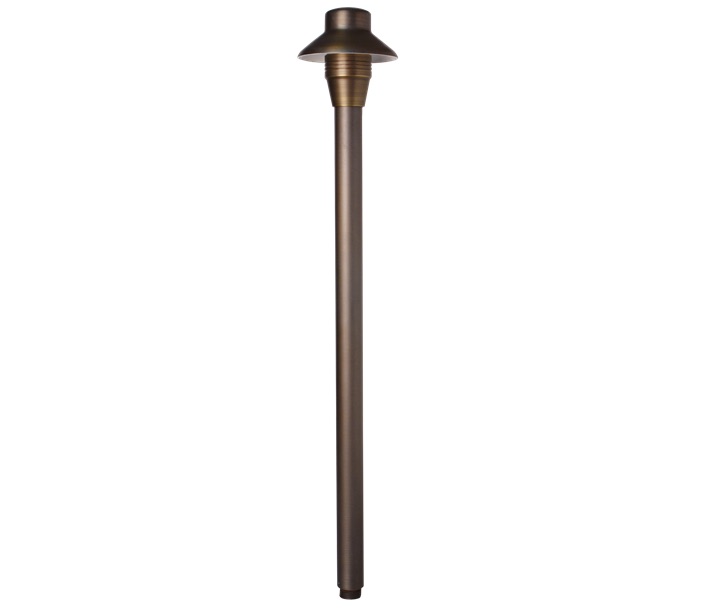
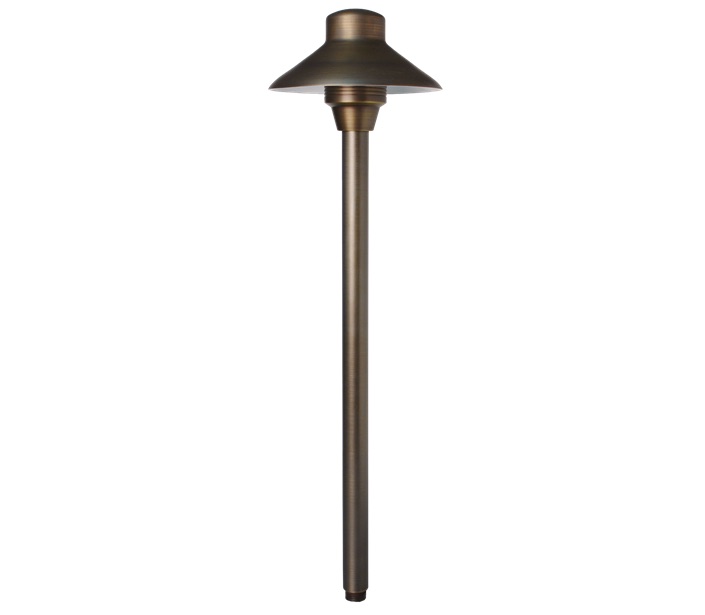

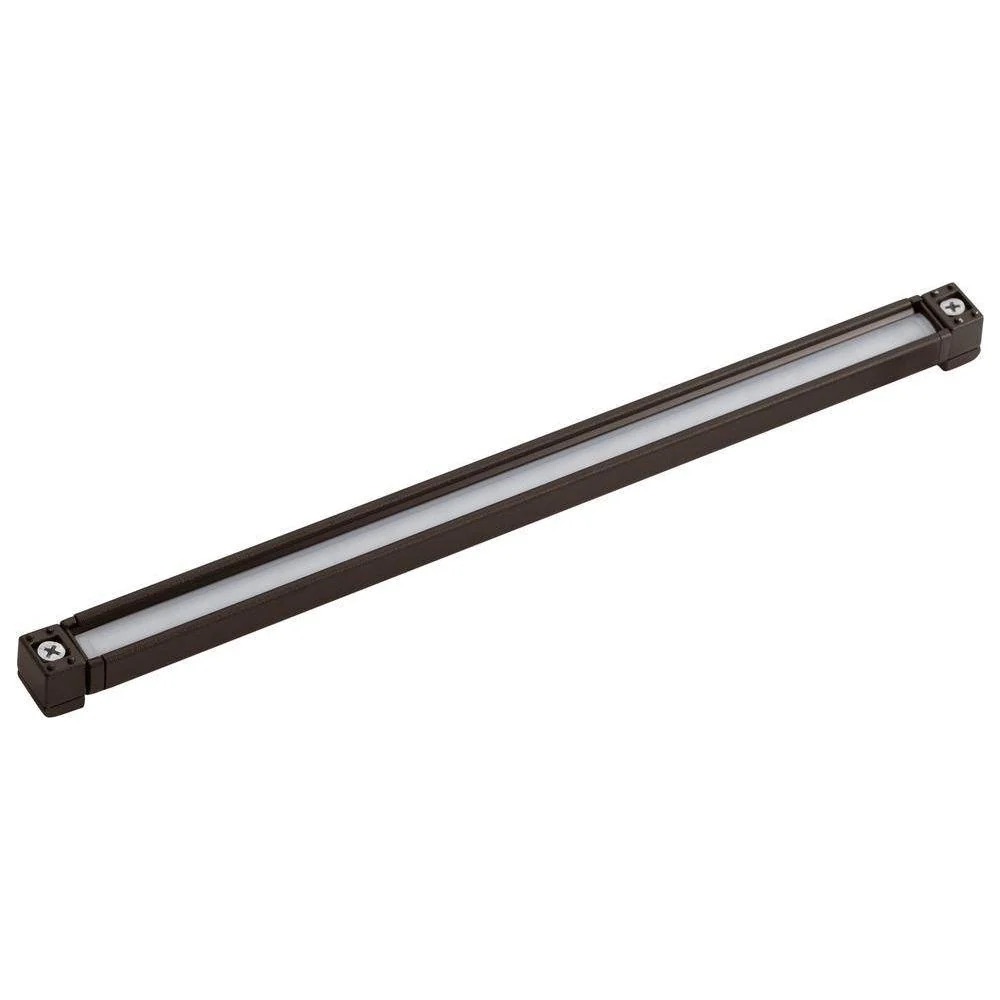
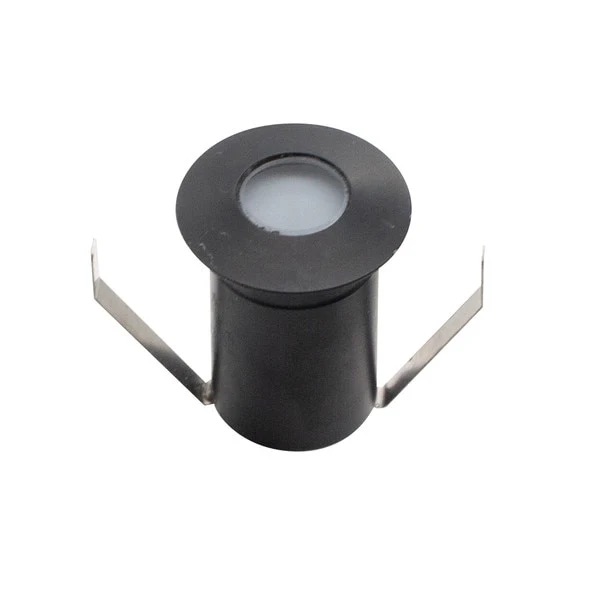
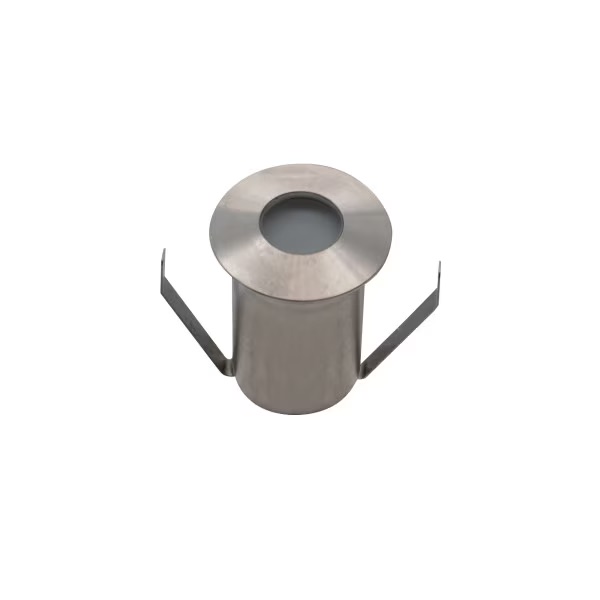
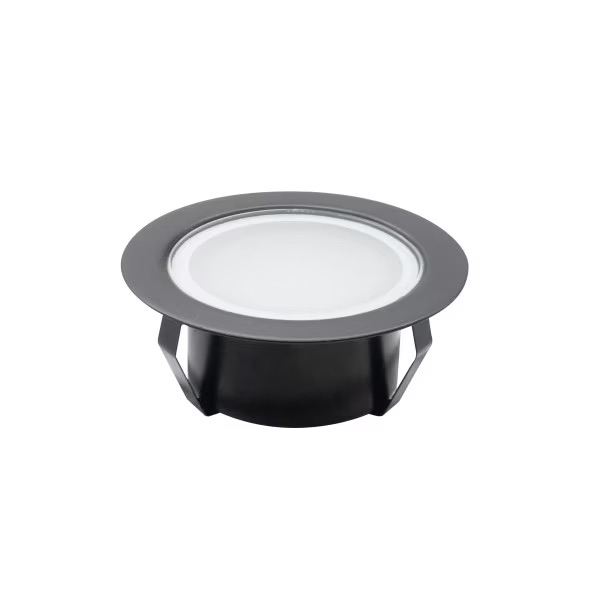
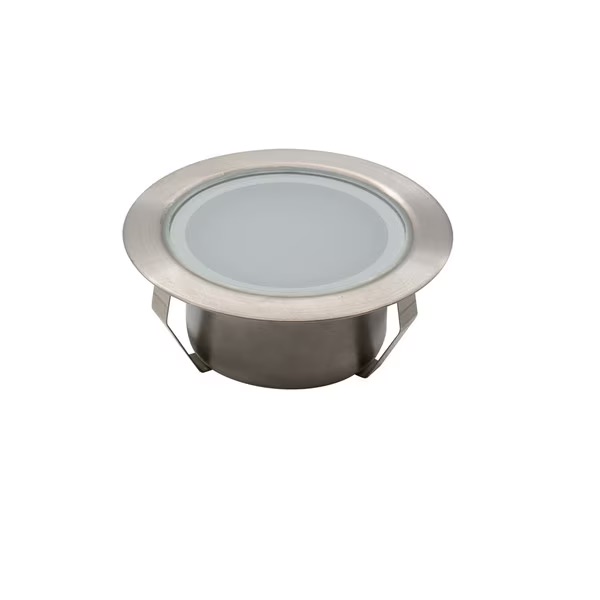
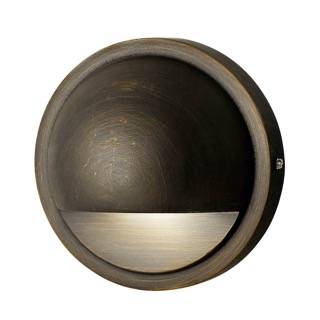

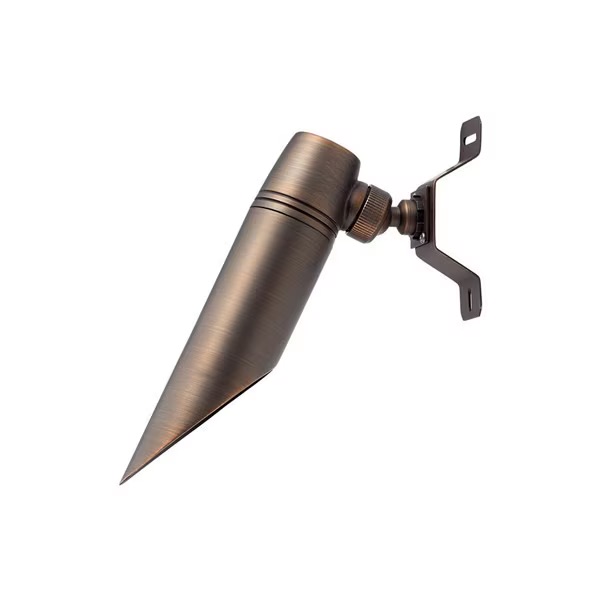
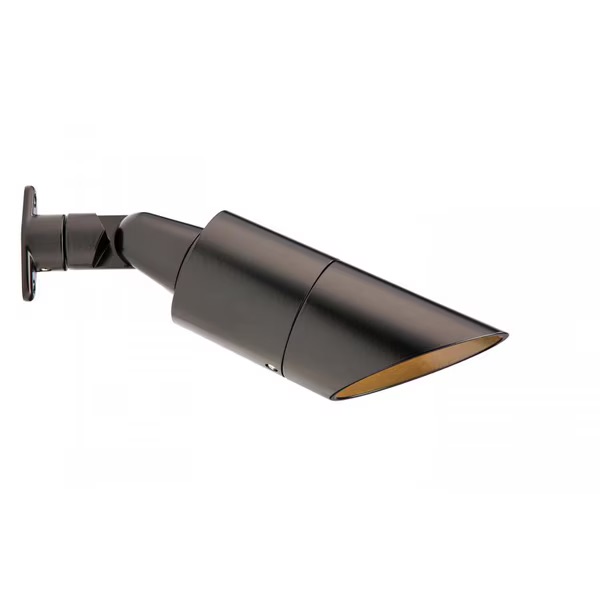

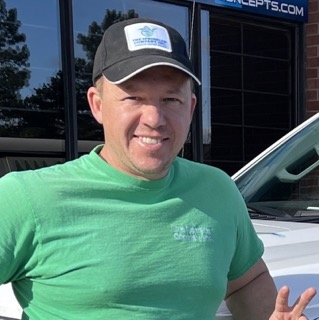







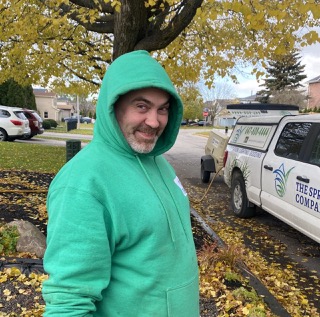
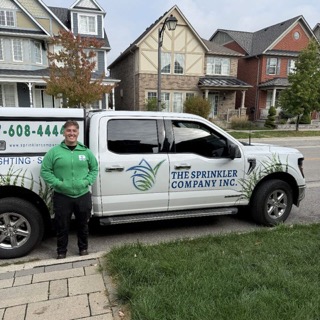
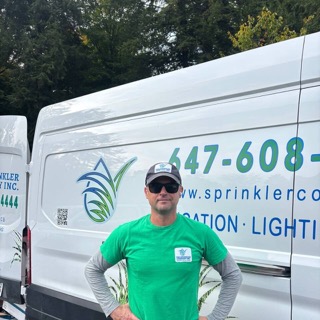

Winterization is not just a seasonal chore; it’s a crucial step in safeguarding your sprinkler system and preventing costly repairs come spring. Neglecting this task can lead to frozen pipes, cracked valves, and damaged components. By taking the time to properly winterize your system, you’ll avoid potential headaches and expenses down the road. Additionally, a well-maintained sprinkler system will have a longer lifespan, ensuring lush, healthy lawns and gardens for years to come. In the following sections, we’ll outline the essential steps to winterizing your sprinkler system and provide valuable insights to make this process hassle-free.
As the temperature drops, your sprinkler system needs a little extra love and care to survive the harsh winter months unscathed. Winterization isn’t just a chore; it’s an opportunity to show your system some appreciation and keep it in tip-top shape. Failing to winterize can lead to costly damage, so let’s explore why giving your sprinkler system the attention it deserves during this season is a smart move. In the upcoming sections, we’ll delve into the vital steps for winterizing your system, ensuring it remains your lush lawn’s faithful companion for years to come.

Begin the winterization process by turning off the main water supply to your sprinkler system. This step is vital to prevent water from entering the system during freezing weather, which can lead to costly repairs. Make sure the water supply valve is tightly closed.
Open all the drain valves and sprinkler heads to allow water to drain from the pipes and components. Ensure that all the water is expelled from the system to prevent freezing. This step is critical to the success of your winterize sprinkler system efforts.
Use an air compressor to blow out any remaining water from the pipes and sprinkler heads. This step removes residual moisture and further ensures that the system is winterized effectively. Be thorough in blowing out all sections of your sprinkler system.
Protect your sprinkler system components by insulating them with appropriate materials, such as insulated tape or covers. Focus on valves, backflow preventers, and above-ground components that are vulnerable to freezing temperatures. Proper insulation is a key part of the winterize sprinkler system process.
Lastly, store any removable components, such as sprinkler heads or hoses, in a dry and protected location for the winter. This prevents damage and extends their lifespan. Store them where they won’t be exposed to extreme cold.
Consider hiring a professional sprinkler system technician to inspect your system before winter. They can identify any potential issues or areas that may need special attention, helping you avoid surprises when spring arrives.
Before shutting off the water supply, inspect your system for any visible leaks. Repairing leaks now can save you water and money in the long run.
Remove any debris, leaves, or vegetation around your sprinkler system. This not only prevents clogs but also allows for easier access during winterization and any necessary maintenance.
Keep an eye on the weather forecast and aim to winterize your sprinkler system well before the first frost. Procrastination can lead to complications if temperatures drop suddenly.
Take photos or create a diagram of your sprinkler system layout. This documentation can be invaluable when it’s time to reactivate your system in the spring, ensuring you don’t miss any crucial components.
Consult your sprinkler system’s manufacturer guidelines for specific winterization recommendations. Different systems may have unique requirements.
Winterization safeguards systems and equipment from cold-related damage, saving you from costly repairs.
It helps prolong the life of your assets by reducing wear and tear.
Winterization expenses are typically far lower than the cost of repairs or replacements.
It ensures that systems like irrigation or heating work efficiently when needed.
Knowing your property is protected from winter-related issues provides peace of mind.
When you fail to winterize your sprinkler system, water can remain trapped in the pipes and components. As temperatures drop, this water can freeze and expand, causing pipes to crack or burst. The phrase “winterize sprinkler system” is crucial in preventing this issue.
Repairing a winter-damaged sprinkler system can be expensive. In addition to fixing or replacing broken pipes and components, you may also need to repair damage to your landscaping caused by water pooling or flooding.
Without proper winterization, your sprinkler system may suffer extensive damage that shortens its overall lifespan. This means you’ll need to invest in a replacement sooner than if you had taken the necessary precautions to winterize sprinkler system components.
When spring arrives and you’re ready to use your sprinkler system again, you may encounter issues with water distribution and pressure. Failure to winterize sprinkler system components properly can lead to inefficient performance, requiring additional maintenance and adjustments.
If your sprinkler system isn’t winterized, it can lead to water wastage. Any leaks or damage that occurs when the system is not prepared for winter can result in the unnecessary use of water, which has both environmental and cost implications.